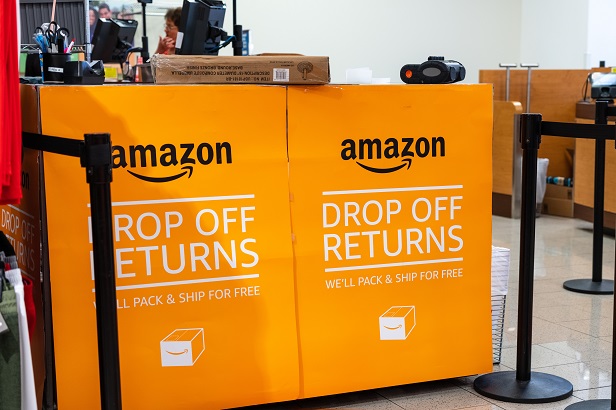LOS ANGELES—It's that time of year again: National Returns Day, when consumers across the US send back to retailers items purchased or received during the holidays that they don't want. United Parcel Service forcasted that on Jan. 2, 2020 a record 1.9 million returns were expected, up 26% from last year—the seventh consecutive record National Returns Day, which it chalks up to growing e-commerce activity.
In another measure, CBRE notes that total online holiday sales are forecast at $138.5 billion, up by 13.5% from last year, and approximately $42 billion worth of those purchases are expected to be returned.
For retailers returns are, obviously, not going to enhance their bottom lines. Shipped returns present challenges in processing times, liquidation recovery and manual processes that can result in more than $50 billion in profit loss, according to reverse logistics provider Optoro, which collaborated with CBRE on a recent report about online returns.
In addition, as the overall return rate continues to grow by 10% annually, a higher amount of inventory is subject to depreciation. Optoro estimates that fashion apparel depreciates by 20% to 50% of its value within eight to 16 weeks. Depreciation levels vary by product type, with electronics losing between 4% and 8% of their value per month.
Fortunately retailers are becoming more adept and comfortable with handling returns, John Morris, CBRE Executive Managing Director and Americas Industrial & Logistics Leader tells GlobeSt.com, especially as new options for reverse logistics come online. "In the next several years we might see percent of items returns go down as the entire retail ecosystem becomes more prepared," he says.
Such measures might include return policies fine tuned to minimize fraud and providing better information about sizing during the sales process, perhaps via virtual apps. "All of this will have a beneficial impact on returns," according to Morris.
In the shorter term, retailers also have a number of ways to address the issue. For example, CBRE tells of third-party provider Happy Returns, which provides a service for customers to send back their online returns by dropping them off at a kiosk. Some retailers without physical locations are partnering with brick-and-mortar retailers, allowing customers to return items to a store, CBRE also says. "Amazon now offers free returns for Prime members in more than 1,150 Kohl's locations, allowing customers to drop off their unpackaged items at the store while receiving a 25% discount at Kohl's," according to the report.
In general, Morris says, retailers can take one of a handful of routes to smooth their return process.
One is better collaboration and communication with supply chain partners
Two, a retailer can outsource some of these business functions to a third party.
The third option is to review and revisit how reverse logistics is being managed, including the possibility of establishing dedicated return centers.
A fourth possibility is to temporarily lease a less expensive, less automated facility on a short term basis as a return center. It should be noted that distribution facilities handling returns need 15% to 20% more space than a traditional facility for outbound distribution because the volume, dimensions and final destination of returned goods are inconsistent and varied.
Older, Class B buildings are good candidates for this option, Morris says. "When the products come in, they are not not efficiently packed so the building doesn't have to have a clear height." The downside is the retailer is adding buildings to its network and that adds to the complexity, he adds.
Of all of these, there is no 'best' option, Morris says. "Much depends on the retailer and what it has in place."
He does believe that the outsourcing option will see the most growth. "The number of reverse supply chain providers is increasing." These companies will also be inclined to use Class B space for the services they provided.
© Touchpoint Markets, All Rights Reserved. Request academic re-use from www.copyright.com. All other uses, submit a request to [email protected]. For more inforrmation visit Asset & Logo Licensing.








